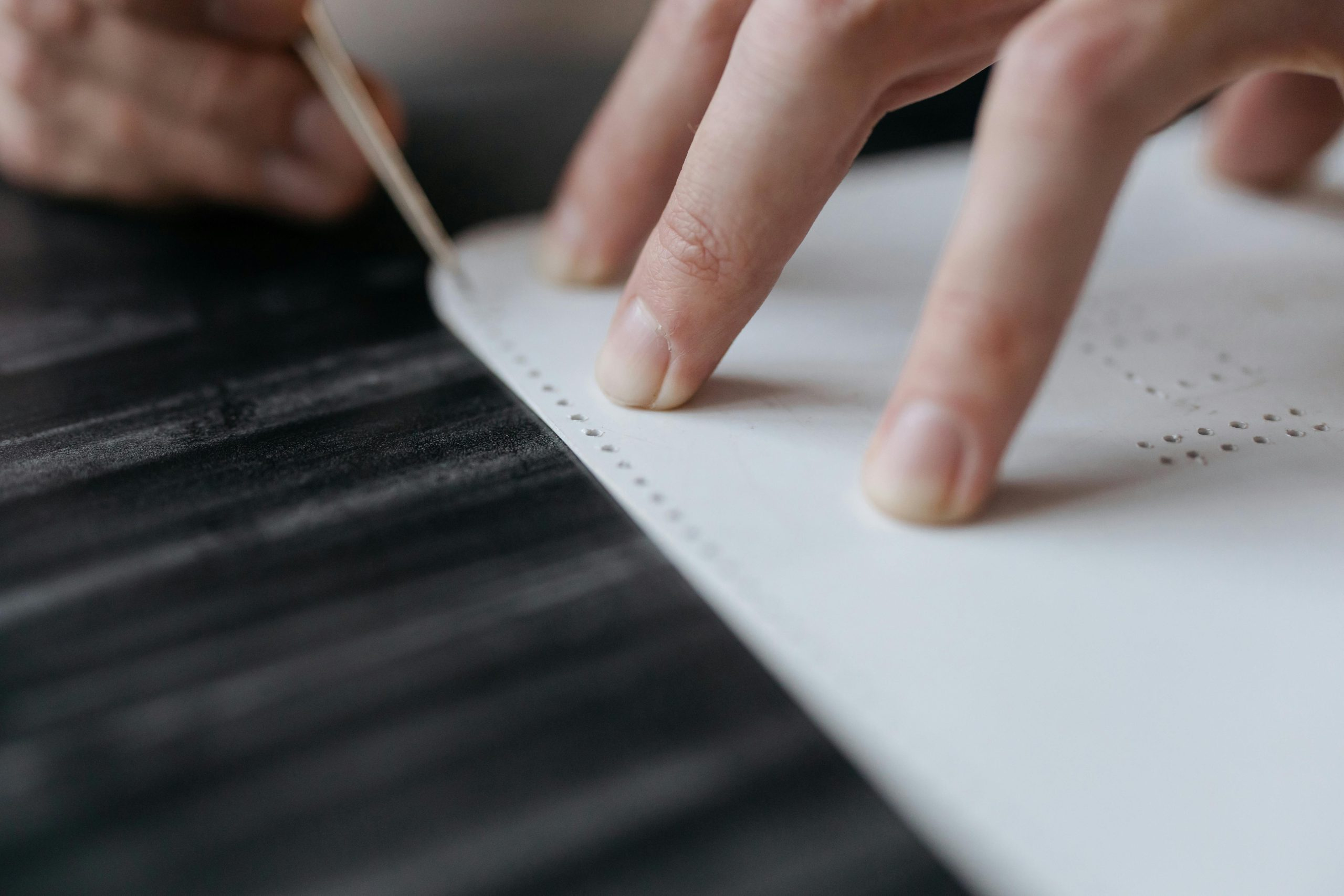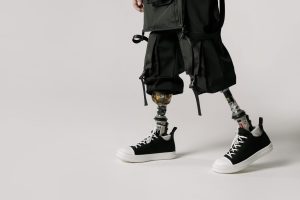Transforming inclusive curriculum through higher education
Inclusion has become a buzzword in today’s society, and for good reason. It represents a push towards equality and acceptance for all individuals, regardless of their race, gender, religion, or ability. As we continue to make strides towards a more inclusive society, it is crucial that we address the inequalities that exist in our education system. One way we can do this is by transforming our curriculum through higher education.
Understanding Inclusive Curriculum
Before delving into how higher education can transform inclusive curriculum, it is important to first understand what it means. Inclusive curriculum is an approach to teaching and learning that aims to value and recognize diversity, foster a sense of belonging, and create a safe and welcoming environment for all students. It goes beyond simply adding diverse content to a curriculum; it involves a deliberate and intentional effort to challenge traditional teaching practices and create a more equitable learning experience.
The Need for Inclusive Curriculum in Higher Education
Higher education institutions have a responsibility to prepare students for the diverse world that awaits them. This goes beyond cultural diversity; it also includes students from different socioeconomic backgrounds, abilities, and learning styles. Inclusive curriculum in higher education is not a choice, but a necessity in order to ensure that students are equipped with the knowledge, skills, and attitudes needed to thrive in an increasingly diverse and globalized society.
Barriers to Inclusive Curriculum
Despite the importance of inclusive curriculum, there are still barriers that prevent its implementation in higher education. One of the biggest challenges is the lack of diversity among faculty and staff. In order for curriculum to truly be inclusive, it must be created and taught by a diverse group of individuals who can provide a range of perspectives and experiences. Another barrier is the resistance to change and the fear of deviating from a traditional curriculum. However, these barriers can and must be overcome in order to create a more equitable learning environment.
How Higher Education Can Transform Inclusive Curriculum
Higher education institutions are in a unique position to drive change and lead the way in creating inclusive curriculum. Here are some ways in which they can do so:
Training for Faculty and Staff
Providing training for faculty and staff on the importance of inclusive curriculum and how to implement it can be a crucial first step. This can include workshops, seminars, and other professional development opportunities. By equipping faculty and staff with the knowledge and skills they need, they can begin to make changes within their own courses and departments.
Creative Course Design
Course design is key in creating an inclusive curriculum. This involves intentionally selecting and structuring course content, activities, and assessments to promote diversity and equity. This can include incorporating diverse perspectives, utilizing universal design principles, and providing alternative forms of assessment to accommodate different learning styles.
Diversity in Hiring Practices
As mentioned before, having a diverse group of faculty and staff is crucial in creating inclusive curriculum. Higher education institutions should strive to include diversity in their hiring practices in order to ensure a range of experiences and perspectives are represented in the curriculum.
Collaboration and Feedback
Creating inclusive curriculum cannot be done in isolation. It is important for faculty, staff, and students to collaborate and provide feedback on existing curriculum and ways to make it more inclusive. This can include forming focus groups, conducting surveys, and hosting open discussions.
The Impact of Inclusive Curriculum
The benefits of creating inclusive curriculum in higher education are far-reaching. It not only helps to promote a more diverse and equitable learning environment, but it also prepares students for the real world. By exposing students to diverse perspectives and experiences, they will be better equipped to navigate and contribute to a diverse and constantly evolving society.
Transforming inclusive curriculum through higher education may seem daunting, but it is a necessary step towards creating a more inclusive society. It requires a collective effort from faculty, staff, and students, and a willingness to challenge traditional teaching practices. By doing so, we can create a more diverse, equitable, and enriching learning experience for all individuals.










